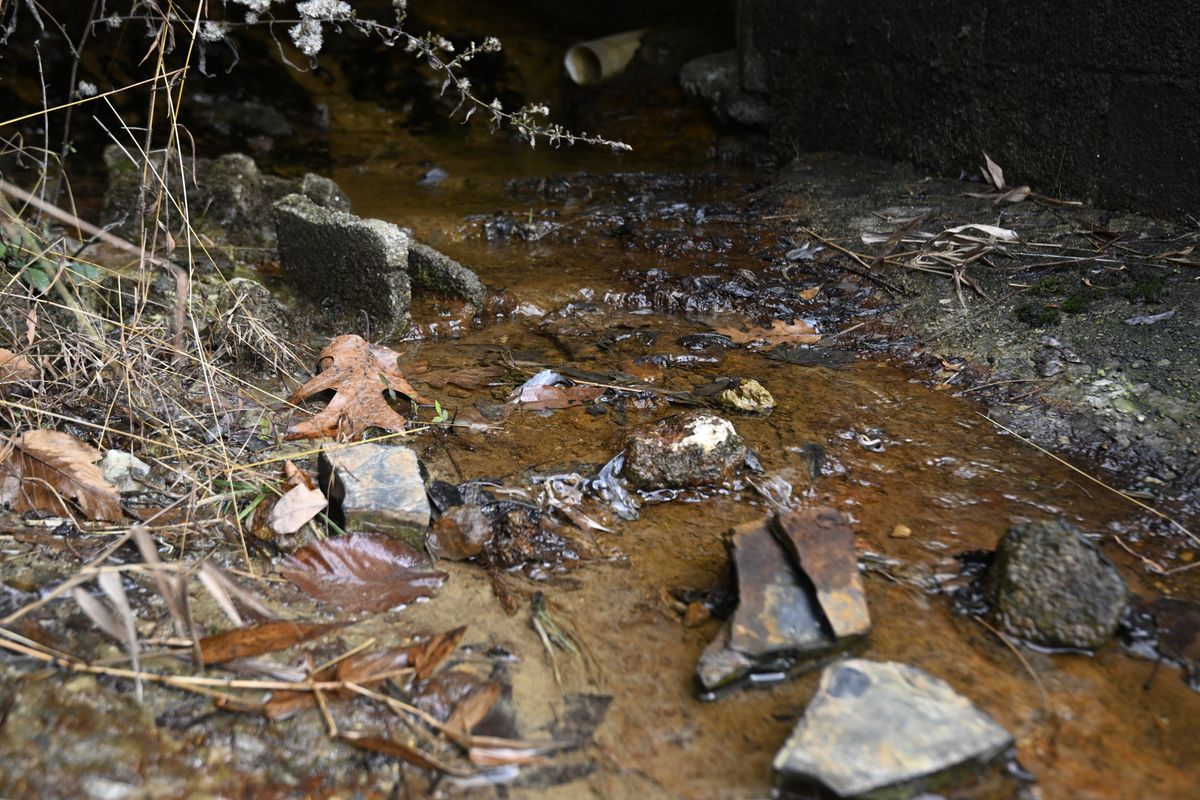
A group of researchers at West Virginia University have been awarded US$3 million from the U.S. Department of Defense (DoD) to increase the supply of rare earth elements and critical minerals extracted from acid mine drainage across the country.
The researchers, led by Paul Ziemkiewicz, director of the Water Research Institute at WVU, will establish resource recovery sites in West Virginia and Montana as part of the project.
Ziemkiewicz and his colleagues pioneered a way to extract REE/CM beginning in 2016. This latest project expands their demonstration program beyond coal mines and will involve a large copper mine.
Three AMD treatment plants will be operated at coal sites in Bismarck, Grant County, and Fola, Clay County, and at Montana Resources’ copper mine in Butte, Mont.
“This funding allows significant broadening of our feedstock supply to include AMD from Appalachian coal mines as well as hard rock mines in the West,” Ziemkiewicz said.
“This project also focuses on feedstock supply to a central REE/CM refinery by including large as well as small AMD sources. Hard rock mining sites such as copper mines tend to collect AMD on a much larger scale than coal mines and, often, the REE/CM concentrations are substantially higher. This means that relatively few hard rock AMD sites can generate very significant volumes of high grade preconcentrate.”
The Montana site is operated by Montana Resources and produces about 5,500 gallons of AMD per minute while the Bismarck plant, which is operated by the West Virginia Department of Environmental Protection, treats up to 1,000 gpm. At the other end of the scale, the Fola location’s capacity would be about 100 gpm.
The project team will also collaborate with Continental Heritage at Fola. Much of West Virginia’s coal AMD-based REE/CM feedstock is currently produced at small, remote discharges like Fola with flow rates in the range of 10 to 200 gpm.
“Together, they add up to a lot of potential REE/CM,” Ziemkiewicz said. “We need to demonstrate that it can be done at scale while producing clean water and a revenue stream for the operators.”
Ziemkiewicz explained the team is using a patented WVU process that will recover preconcentrate that can be transported to a central refinery for processing to REE/CM products for the domestic market.
China currently dominates the global market, accounting for more than two-thirds in rare earth metal production, according to the U.S. Geological Survey.
Based on previous, small-scale tests, Ziemkiewicz expects the three sites to produce a uniform feedstock to which a grade/specification and value can be assigned.
“This means the central refinery can purchase feedstock from suppliers and process it with minimal adjustment related to the source of the concentrate,” he said. “Nearly all of the infrastructure needed to install our technology is in place and operational at each site.”
The sites will be continuously operated, Ziemkiewicz added, and the WVU Rare Earth Extraction Facility will evaluate the preconcentrate.
The WVU research team also recently earned $8 million in funding from the U.S. Department of Energy to undertake a study to design and evaluate the economics of a full-scale central refinery to produce REE/CM products using AMD-based feedstock.
Source: West Virginia University
